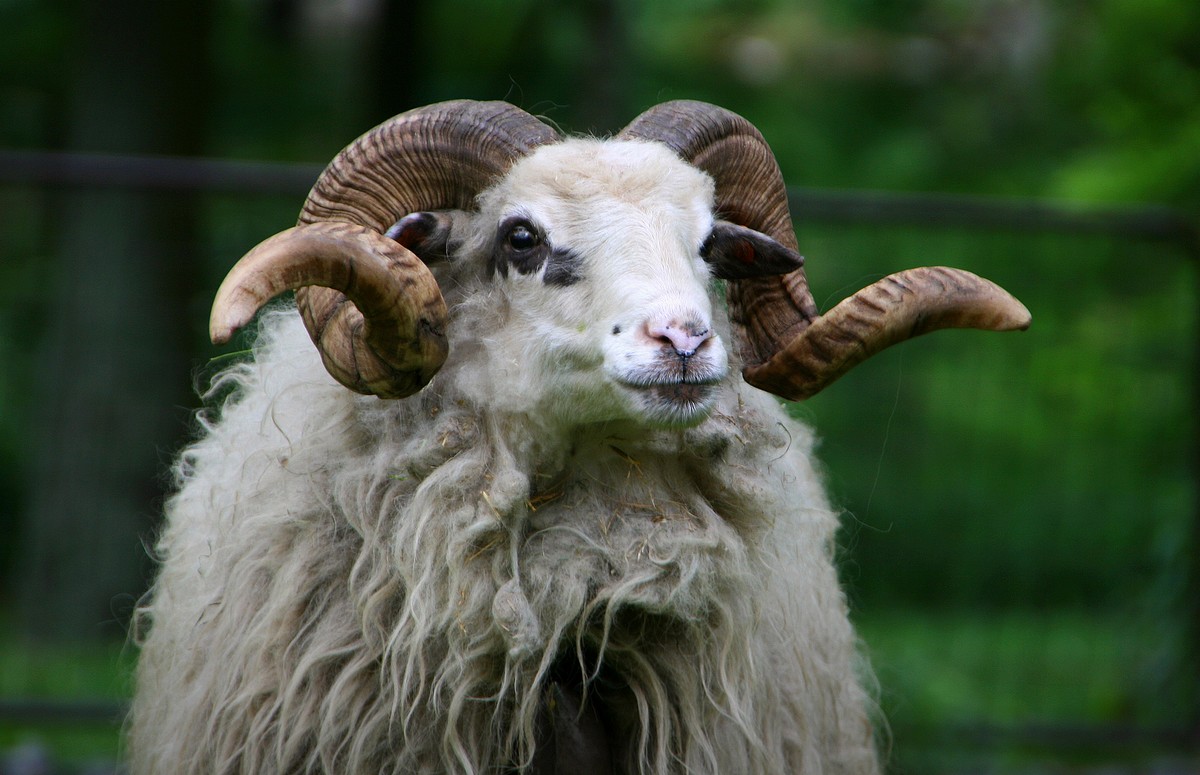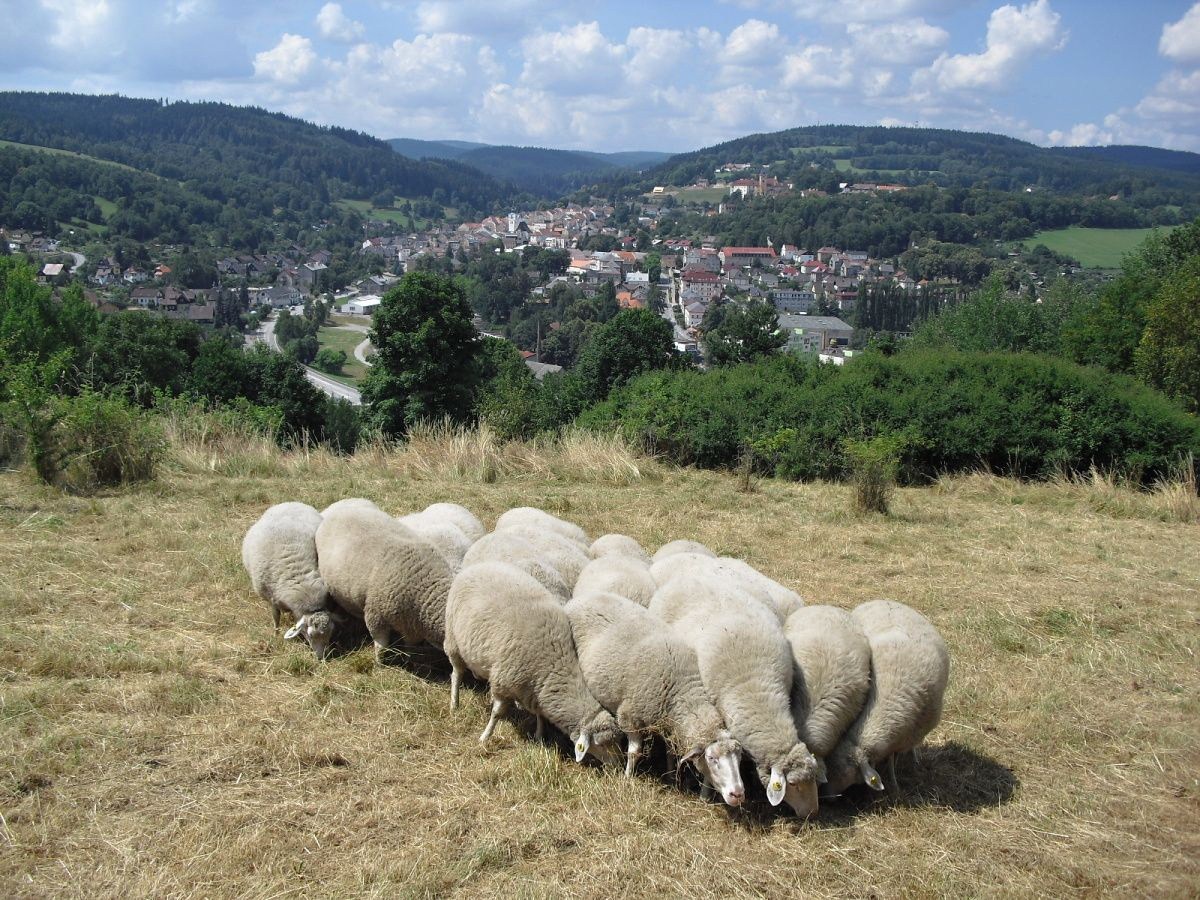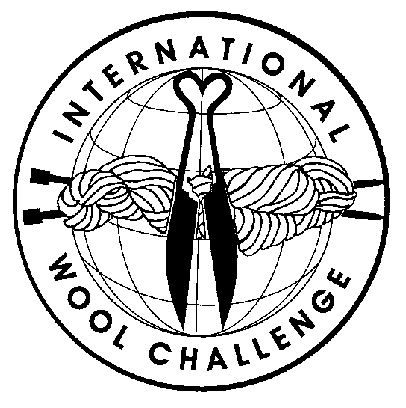For today’s stop on the EU sheep breed tour, we’re in the Czech Republic. We found some of our links for this piece via the cesky a slovensky Ravelry group, and others through extensive use of Google translate services, through which we learned that the Czech word for wool is vlna, and the Czech word for sheep is ovce. As ever, please correct any mistakes!
Brno – The Moravian Manchester
An exhibition held in the Czech city of Brno in 2014 explored that city’s history of woollen textile production which included the manufacture of everyday clothing, as well as producing military cloth for the uniforms of armies of several European countries. “In the interwar period when there were around 40 large wool factories in the city, Brno production of quality woollen fabrics successfully competed with British companies” – leading it to be dubbed “the Moravian Manchester“.
Less than a hundred years later, delegates from the European Wool Group gathered in that same city to reflect on the decline of this once-great industry and the related effects on domestic sheep production:
Several speakers, from the Czech Republic, Slovakia, Slovenia and Estonia, described the situation of sheep-breeding in Eastern Europe. The sheep population diminished dramatically after the end of the Soviet Union and reached its lowest level some ten years later. Since then the number of sheep seems to stabilise and in some cases to increase. In the Czech Republic, the wool industry was very important before 1990, with 5 scouring plants and about 40 processing plants. Today only one scouring plant and five processing plants remain. In most East European countries small processing units still exist, but more often than not they use wool imported from overseas. The wool produced locally is in most cases collected by private merchants. However, some sheep breeders’ associations and co-operatives have started to collect their members’ wool and sell it themselves. Unfortunately, skilled graders are lacking.
In terms of sheep breeds specific to the Czech Republic, we’ve been learning about both the Czech Valachian sheep – Česká Valašský ovce – and the Czech Sumava sheep – Česká Šumava ovce. The following is taken from the 2003 Czech Country Report on Farm Animal Genetic Resources:
Česká Valašský ovce
In 1999, the Valachian sheep, specifically 45 ewes and 2 rams, were included in the National Programme, followed in 2001 by several more animals farmed on a small-scale, until then supported by the Pro Speciae Rara foundation. The current population comprises some 130 ewes and yearlings and 11 rams. Their number is on the verge of an endangered breed, and there are efforts to increase this number.

Happily, a television report from 2013 suggests that the low numbers mentioned in that report of 2003 have grown, thanks to a few dedicated breeders. Like other rare breeds discussed here at Wovember, the Valachian sheep is important because it was (and still is) well adapted to the traditional farming methods and the terrain in which it has developed. It has invaluable historical, cultural and genetic importance. To learn more about the wool from the Valachian sheep, we recommend you read the blog of Vlaďka Cepáková whose posts are full of information about her own experiences of working directly with this wool. We also found this website which features very beautiful photos of the Valachian sheep, taken by Janka Vybíralová and the official breeder’s website.
Česká Šumava ovce
(From the 2003 report): –
Šumava sheep Shumavka – probably an original rustic sheep, farmed in the Šumava area on a long-term basis. The programme for its regeneration was launched in the 1950s; in 1986 it was recognized as a separate breed. Currently the breed comprises some 2000 head.
As with the Valachian sheep, this breed is being kept alive by enthusiasts and conservationists. This photo was taken by James Hromas of the Czech Union for Nature Conservation Forest, and it shows the very small flock of Šumava sheep used by this organisation for conservation grazing. On their website it says that the Šumava sheep is a “very resistant breed suitable for grazing in the harsh mountain conditions… this breed is included in the global gene pool of endangered livestock breeds”.

There is a company that appears to be developing wool duvets and a felt-maker producing beautiful felted wool vegetables and jewelry, and both of these producers bear a special EU-funded certificate of authenticity: Šumava – original product ®. However it’s not clear to a non-native speaker whether these woollen goods are thusly certified because they are made in the area of the Šumava Forest, or because they contain the wool of the Šumava sheep, or a little bit of both. Any help from our comrades in the Czech Republic would be hugely helpful!
Other Czech links relating to sheep and wool perhaps of interest:
Farma Valaška – a farm that keeps Valachian sheep and from which you can also buy wool from a locally kept flock of Romney Marsh sheep and wool socks made on the farm.
An interesting overview of sheep breeds grown commercially in the Czech Republic found on the website of BATEX – a company who make blankets, cushions, pillows and other homewares.
There is also a commercial wool trading company based in the Czech Republic, the website speaks of “European merino wools from Hungary and Russia and middle and coarse wools from the Czech Republic, Slovak Republic and Poland” and also “greasy wool, scoured wool, tops, open tops and noils from Australian wools” and the conditions of sale make for interesting reading if you want to understand how traceability and quality assurance are managed at this level.
There is a working textile recycling factory in Brno currently looking for old woollen sweaters to recycle as shoddy for reuse in the garment industry.

On this website you can read about the two Czech teams who participated in the 2010 International Back to Back Wool Challenge. This is a sheep to garment contest in which teams from different countries compete to see who can get from sheep to sweater in the shortest time frame. Teams consist of a blade shearer, a country of origin sheep and seven handspinners (with wheels) and knitters who follow identical challenge rules and a pattern to knit an adult size jumper. The Czech teams came 2nd and 6th place in the world and 1st and 2nd place in Europe:
Team 1 Karel Svarc – shearer, Tereza Havrdova, Jana Kiedronova, Daniela Linhartova, Alena Radlova, Ines Stovickova, Jana Stupkova and Anna Tumova reached the time 6 hours, 52 minutes and 10 seconds.
Team 2 Milan Slunecko – shearer, Pavel Klevcov, Jitka Knezu, Daniela Linhartova jr., Miroslava Maresova, Jana Stupkova jr., Eva Uxova and Iveta Zastoupilova reached the time 7 hours, 44 minutes and 13 seconds.
If you have any other suggestions of information we should include relating to the production of woollen textiles in the Czech Republic, we’d love to hear about it in the comments.
